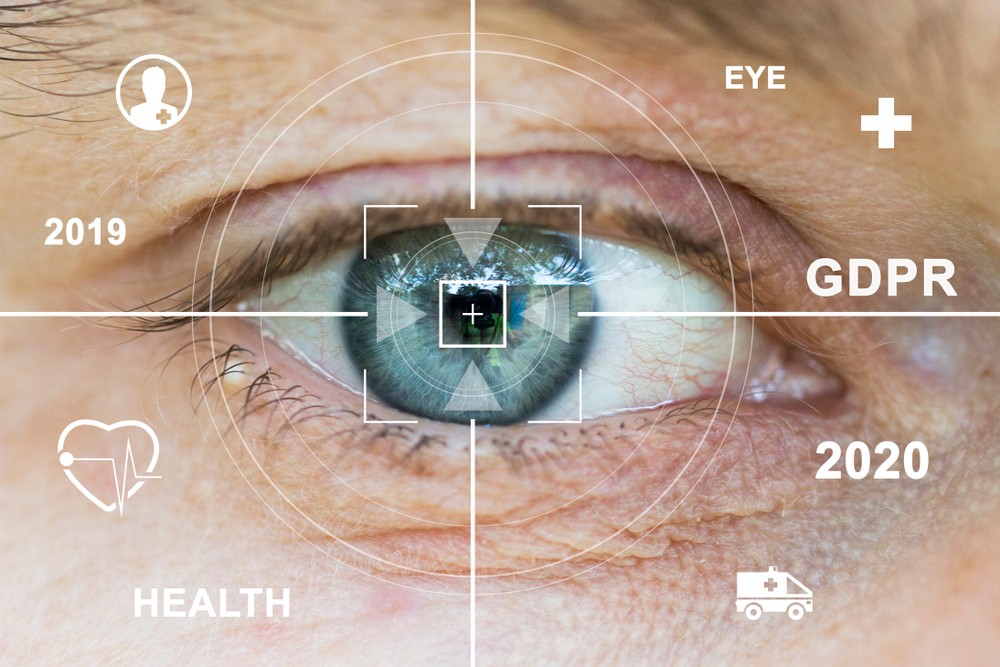The use of computer vision in insurance can simplify underwriting and claims processing, by providing visual assistance to humans in carrying out these procedures.
The insurance sector is a large domain encapsulating various small segments. There are various types of insurance available such as home, automotive, health, fire, and asset insurance. No matter the type of industry or sector, the challenges with insurance are almost the same. The insurance industry is plagued with long procedures for claiming insurances, involves large amounts of paperwork, and also substantial instances of fraud and bias, which prove to be detrimental to the industry. These challenges can be overcome by leveraging computer vision in insurance operations.
The Benefits of Computer Vision in Insurance
Computer vision can assist the insurance industry in simplifying their operations by reducing the time required and minimizing instances of fraud. Computer vision brings objectivity and indisputability into the insurance claims processes. With computer vision, insurance companies have a complete overview of their processes, backed by facts and evidence. Some of the benefits of using computer vision in insurance include:
Minimizing Insurance Disputes
The insurance industry, no matter the domain, whether it be healthcare or automobile, is faced with insurance disputes on a daily basis. There have been instances of fraudulent claims where insurance companies were dragged into long battles to settle such cases or had to pay insurance amounts even though they weren’t supposed to. Computer vision technology can help minimize insurance disputes. The technology, in conjunction with IoT and AI technologies, can help continuously monitor assets, helping insurance companies to correctly assess the claims filed.
For example, computer vision technology can recognize the extent of damage done to vehicles in case of an accident. It can help analyze and estimate the speed and force of a collision. In conjunction with AI, it can create a detailed report of the crash. This will help estimate the cost required for repairs based on the damage. This can result in the reduction of instances of fraudulent claims as insurance agents and companies will have complete information regarding the filed claim.
Reducing Settlement Time
Claiming insurance is a tedious process. It requires the submission of a large number of documents and other paperwork formalities. Also, the paperwork needs to be processed manually, exhausting human resources, and time. Computer vision technology can help reduce settlement times. In collaboration with OCR technology, computer vision can be utilized to accurately scan IDs and other paperwork usually involved in the settlement process. It can help highlight the useful information in a document, helping save time. Computer vision can also be used in conjunction with deep learning to automatically scan documents and verify their authenticity, helping process claims faster.
Determining the Insurance Premium
Computer vision technology can be used to evaluate the condition of assets for insurers at the time of underwriting. The technology can help create a detailed report of the condition of the asset that can be compared with the condition of the asset at the time of claim. For instance, Cape Analytics has developed software using computer vision and geospatial imagery that assists insurance companies in evaluating properties during underwriting. The tool not only saves the hassle of manual inspection but also helps keep track of changes to the property over a period of time, helping insurance companies determine the appropriate premiums.
The insurance industry has been a slow adopter of technologies. However, the industry has realized the potential and started embracing technologies such as computer vision in insurance procedures. However, if the industry truly wants to undergo a radical change, it should start adopting similar advanced technologies such as artificial intelligence, blockchain, machine learning, and big data in addition to computer vision.




Leave your comments
Post comment as a guest